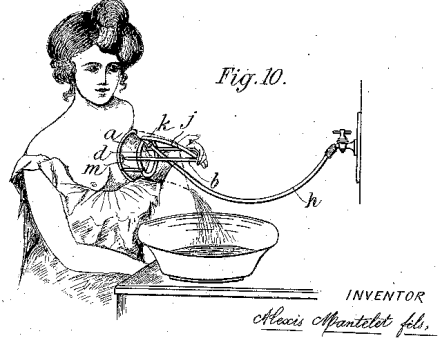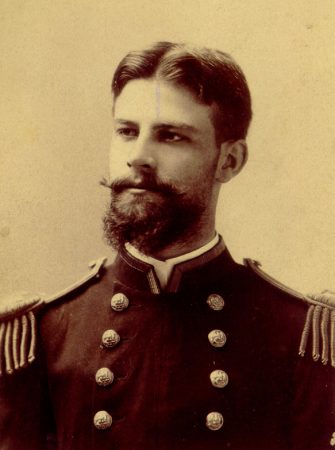Toward the end of his life K’eogh authored two significant volumes of medical receipts. The first (Botanologia Universalis Hibernicaor, 1735) focused on herbal potions and treatments, while the second (Zoologia Medicinalis Hibernica, 1748) contained an extensive collection of animal-based remedies.
As might be expected in an 18th-century medical text, the second contains some unusual advice, such as the diverse medical uses of house cats. Their grease, when applied as an ointment, is effective at “dissolving tumours” and “prevails against nodes in the skin”, while pulverised cat liver is “good against the gravel [kidney and bladder stones]” and prevents stoppage of urine.”
Other cat-based receipts mentioned by K’eogh include remedies for eyesight problems:
“The ashes of a cat’s head, blown into the eyes, or mixed with honey for a balsam… is good against pearls [cataracts], blindness and dimness of the sight.”
Several uses for cat’s blood:
“[Cat] blood kills worms in the nose and in other parts of the skin… Ten drops of blood taken out of the tail of a bore cat, drank, cures the epilepsy… A few drops of the blood given in any proper vehicle are good to cure convulsion fits.”
For something to soothe those aching piles:
“The flesh, being salted and bruised, draws splinters and thorns out of the flesh and helps to cure the haemorrhoids.”
And finally, an interesting cure for hair loss:
“The dung, pulverised one ounce and mixed with mustard seed in powder [and] juice of onions… cures the alopecia or baldness.”
Source: John K’eogh, Zoologia Medicinalis Hibernica, 1748. Content on this page is © Alpha History 2019-23. Content may not be republished without our express permission. For more information please refer to our Terms of Use or contact Alpha History.



